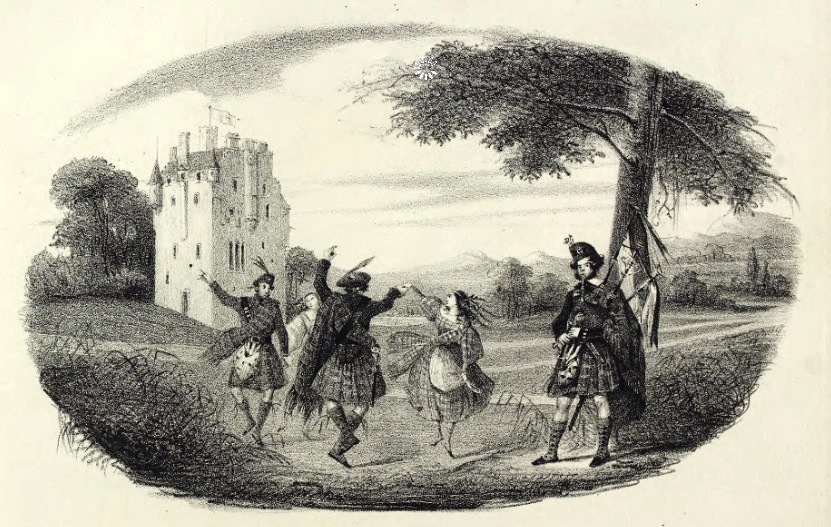Your basket is currently empty!
I changed my life for…

Complete this sentence:
I CHANGED MY LIFE FOR…
Think about it, and we’ll all come up with a different answer.
I, Vivien Williams, changed my life for bagpipes.
I know, it’s as absurd as it sounds.
And yet it’s true (and also an excellent conversation starter, I will have you know).
I’ve been writing and researching about bagpipes since my high school years. I moved to Scotland to do more of that in my PhD. I followed through with various postdocs, in which the bagpipe was protagonist.
I am a bagpipe scholar. I’ve tried rebranding myself as an 18th-century specialist, as a cultural historian, as an expert in the digital humanities…All true, but deep down I know: over and above everything else, I’m a bagpipe scholar. Present me with a topic related to the 18th century and I can develop it; cultural history is an amazing perspective into knowledge; I’ll create databases and work on XML files and turn them into complex projects…bagpipes just make it better. Come up with any word, and I’ll connect a bagpipe fact to it. It’s been like this since I was 16.

Which is why I couldn’t believe my luck when I joined Blackwater Press and was presented with their (now our!) first venture: I Piped, That She Might Dance by Iain MacDonald. A book about the Angus MacKay! The one with the famous Victorian portrait! The first piper to the Queen! The one whose A Collection of Ancient Pìobaireachd I pored over for hours in Glasgow University’s Special Collections library!
My enthusiasm at being an editor was never in need of a boost, but I can say that for me it started with a bang. Going through Angus MacKay’s compelling life story gave me the opportunity to follow the leads and cues in the novel to do some research into the nitty-gritty details of the topic – and get beautifully side-tracked in the process, which is one of the delights of research. Did you know the first edition of his Collectionhad 275 copies printed for subscribers? And that the book was priced £1.15? Oh, and if you knew the beauty of pìobaireachds like ‘Iseabel Nic Aoidh,’ or ‘Cogadh na Sith’…

Editing this novel has got me polishing my notions about pìobaireachd – such amazing, complex music. Pìobaireachd is commonly known as the classical music (cèol mòr, or ‘big music’, in Gaelic) of the Great Highland bagpipe, because it’s formed by a theme – called Ùrlar in Gaelic – and variations, which increase in complexity and virtuoso until they reach the climax of the Crunluath A Mach, where the theme is so hidden by the flourishes of the variations that it almost feels irretrievably lost…until the pìobaireachd returns to the Ùrlar, and thus comes to an end, concludes its journey, comes back home.

We need to bear in mind that the scale of a Great Highland bagpipe is made up of an octave and a note – imagine having an alphabet made of nine letters. You need to create meaning for the whole spectrum of human existence out of these nine sounds. Not easy, right? For this reason, a Great Highland piper pays painstaking attention to even the subtlest comma when tuning the bagpipe: that one note needs to carry so much meaning, that it’s important that the note and pitch is exactly right for that particular piece. What’s more, every note has a particular meaning, so F for instance is the note of love, G the note of sorrow, and so forth; so an expert in pìobaireachd would understand the reason and meaning behind the predominance of a certain note within a given piece, or within a given variation.
Yes, the world of bagpipes is vast, full of quirks, and really underestimated, if I may say so. Surely I Piped, That She Might Dance will uncover some of its beauties, while exploring the life of a man who left his mark in the world of piping.
Pre-order here.

Leave a Reply